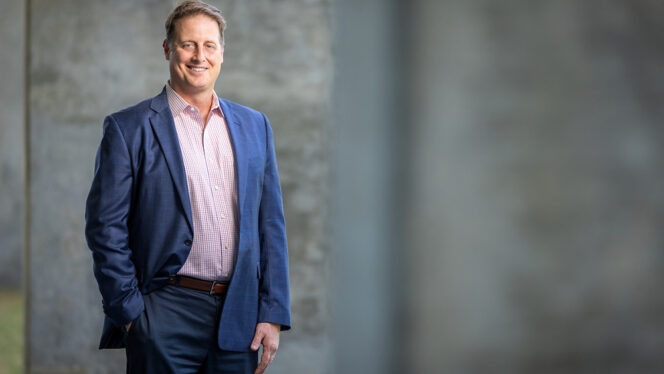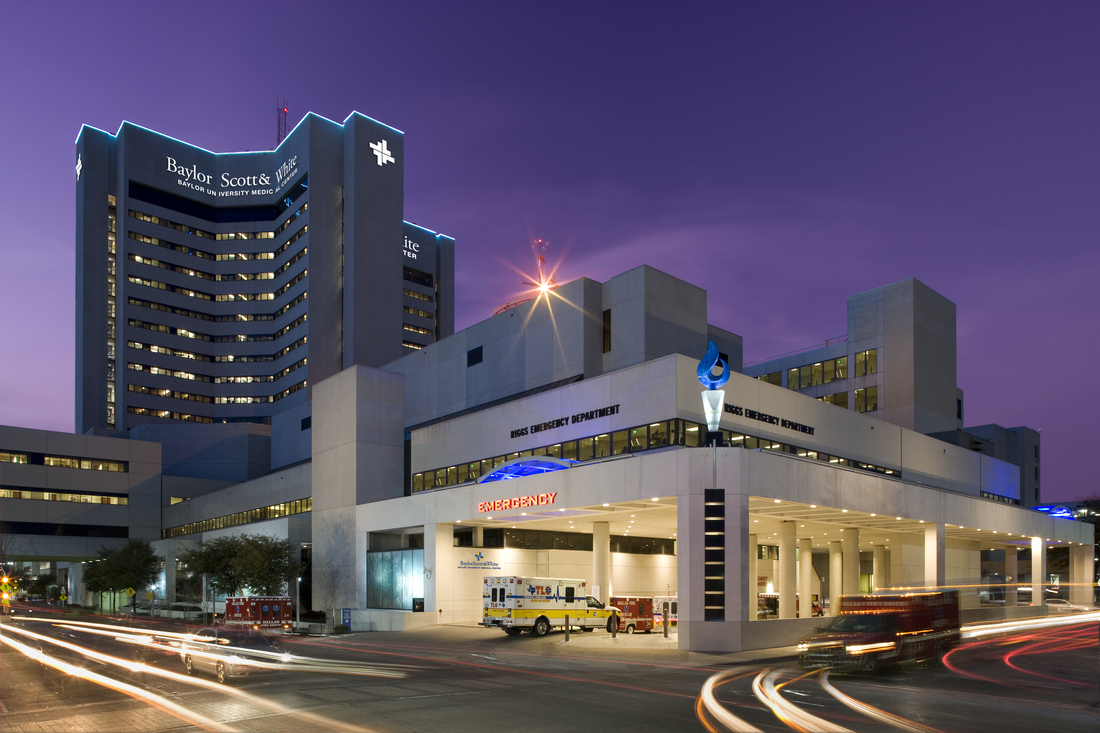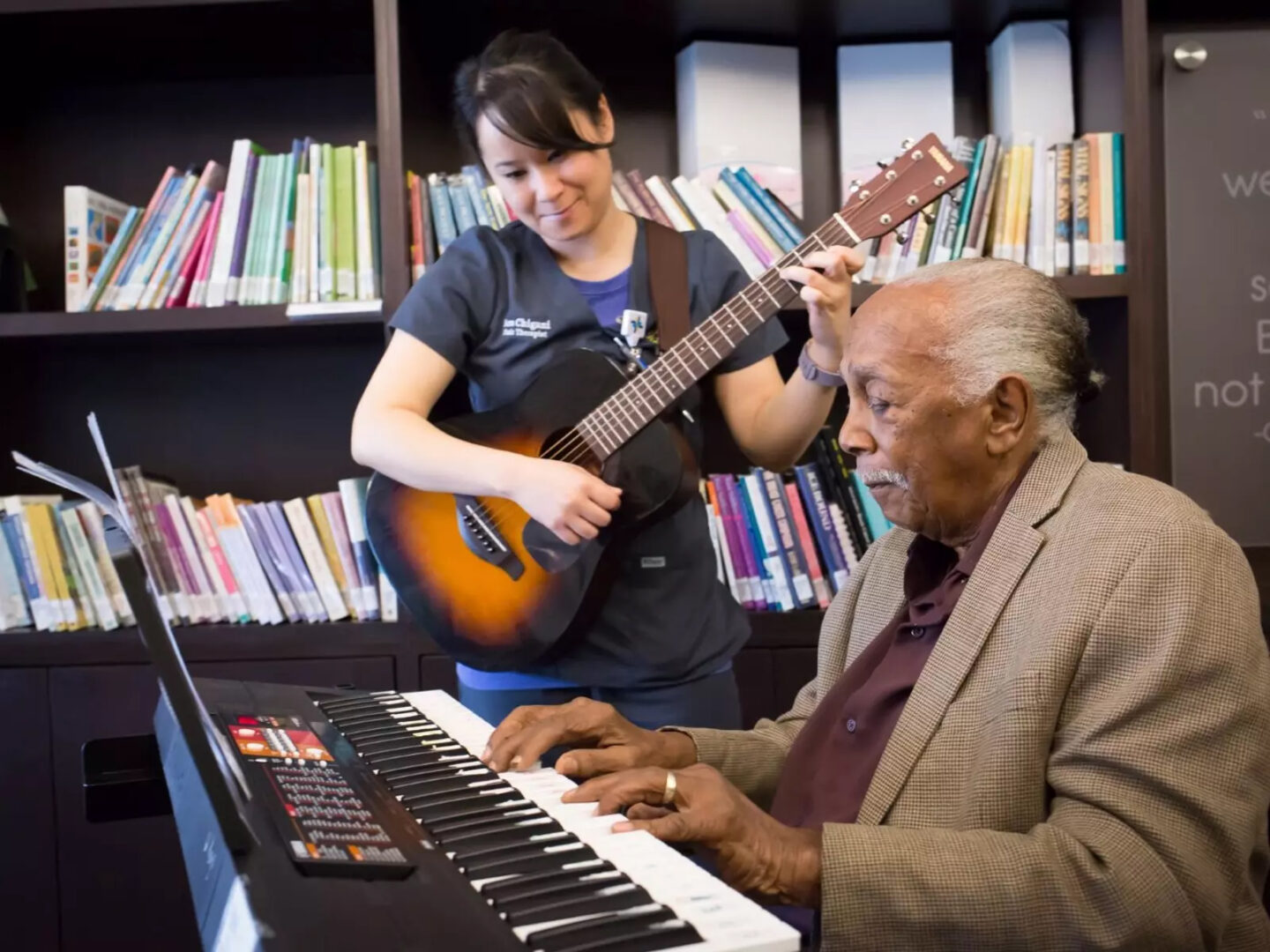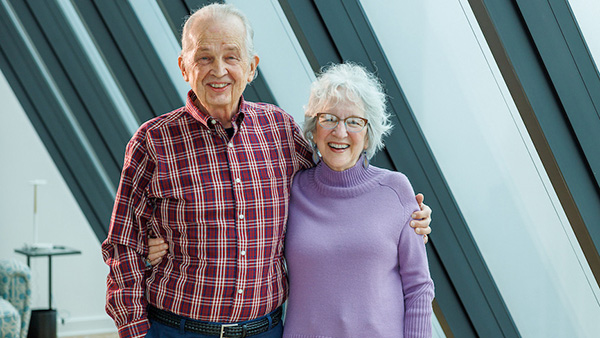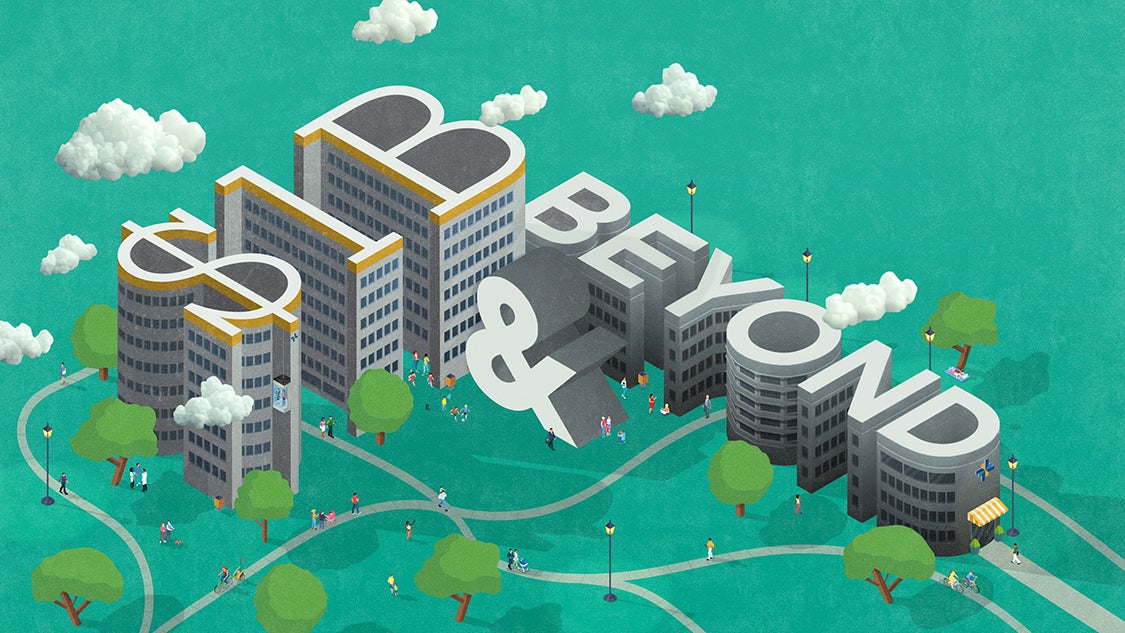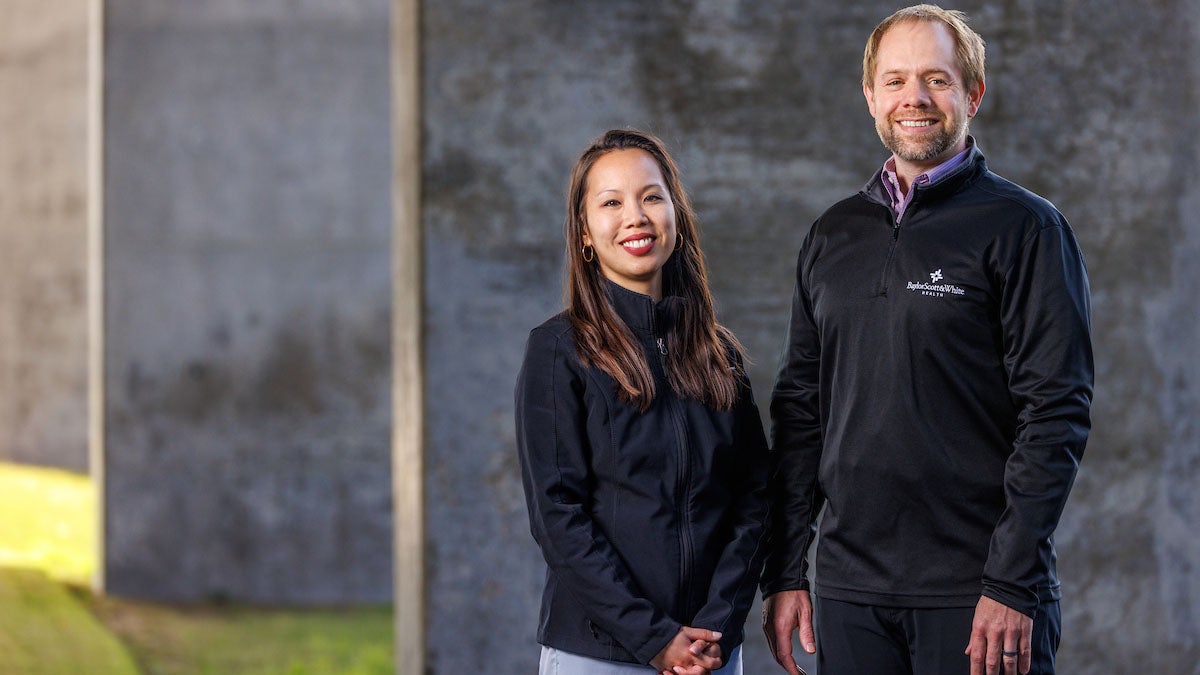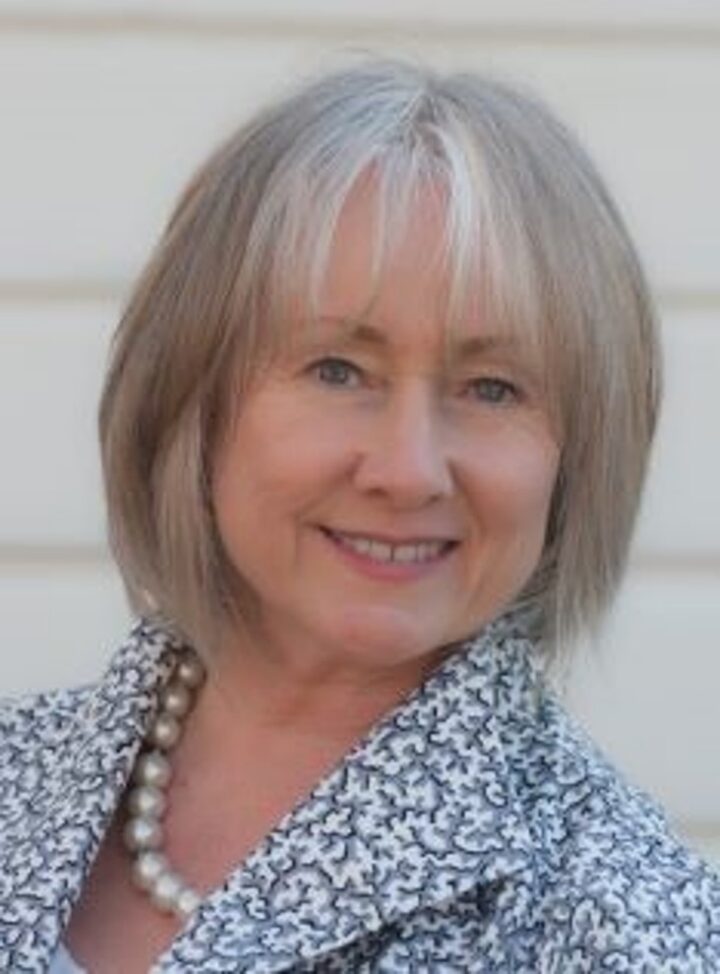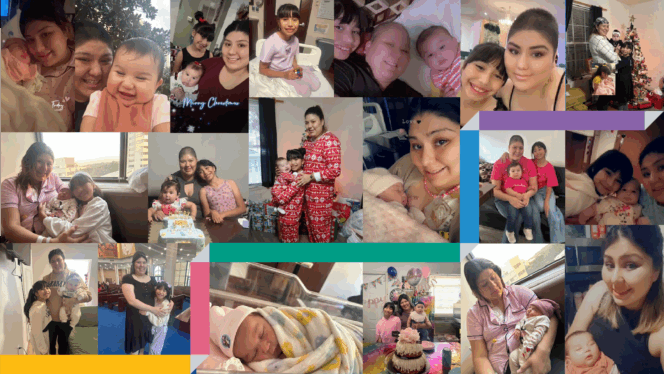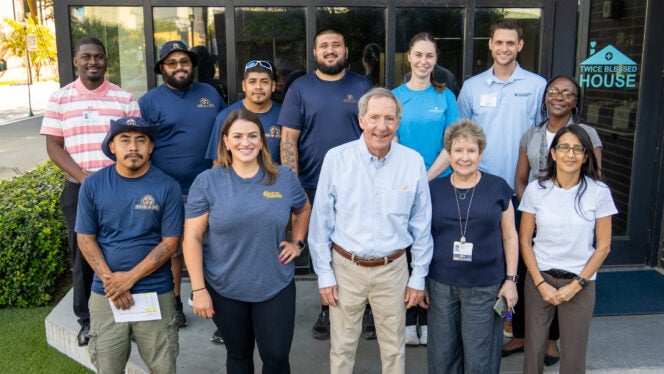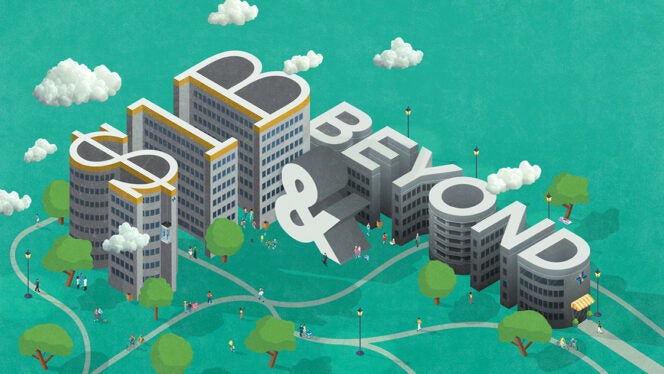With approximately 3,700 people experiencing homelessness in Dallas, many face chronic medical and mental health challenges and rely on emergency departments (EDs) as their only source of care. Care for the unsheltered homeless constitutes more than 10% (25-35 individuals daily) of the patient visits in the Baylor University Medical Center (BUMC) ED.
“Dallas has a pretty robust offering for getting people housed,” said John Garrett, MD, chief of emergency medicine at BUMC. “What we haven’t had in Dallas is anybody who’s tending to the medical needs of patients who are unsheltered.”
Addressing a critical need in Dallas
To address the needs of this vulnerable population, Dr. Garrett launched Dallas’s first Street Medicine program, funded exclusively through philanthropy—reflecting Baylor Scott & White Health’s Mission of promoting the well-being of all individuals.
“Many of our homeless patients return to the ED time and again because their chronic conditions go unmanaged. Without consistent care, they’re caught in a cycle that the Street Medicine program aims to break,” Dr. Garrett said.
Street medicine, first introduced in the early 1990s, involves delivering healthcare to people experiencing homelessness in their own environments. Unlike clinics, shelters or health fairs, which require patients to travel to a specific location, street medicine brings care to patients.
Breaking the cycle of emergency department visits
Street medicine programs have been shown to decrease the need for ED visits by up to 70% and decrease the number of inpatient admissions. By reducing reliance on emergency services, BUMC’s program empowers individuals by offering them a path toward improved health.
“While data show these programs can benefit the healthcare system, that’s not the only reason we do this work,” said Ti Hoang, DO, medical director of the BUMC Street Medicine program. “We do this because it’s the right thing to do.”
Dr. Hoang completed her family medicine residency at BUMC and has experience working in similar programs in Houston and Fort Worth. Dr. Garrett recruited her to serve as medical director for BUMC’s program in 2024. In only 45 days since the program’s launch, Dr. Hoang has cared for 80 patients. The goal is to reach at least 60 patients per month.
Patients can be referred to the program through BUMC ED physicians or care management teams, or through partner organizations. Dr. Hoang and a team of three to four others, such as paramedics and social workers, conduct follow-up visits via walking rounds, providing services such as urgent care, health screenings and physicals, wound care, minor procedures, medication counseling and mental health treatment.
Philanthropy’s role in helping the homeless
BUMC launched the street medicine program in 2024 with a grant from the Street Medicine Institute, and more funding is needed to sustain and grow the program.
While success can be measured in terms of reduced ED visits and readmissions, a larger goal is to help people gain footing to overcome homelessness. Building trust with a healthcare provider is key.
“Part of this is not just waiting for the homeless to come to us when they’re really sick but being proactive so that we can keep them healthy,” Dr. Garrett said. “It’s a facet that we haven’t had in Dallas, and it’s exciting to see it happen.”
For more information, contact
Related stories
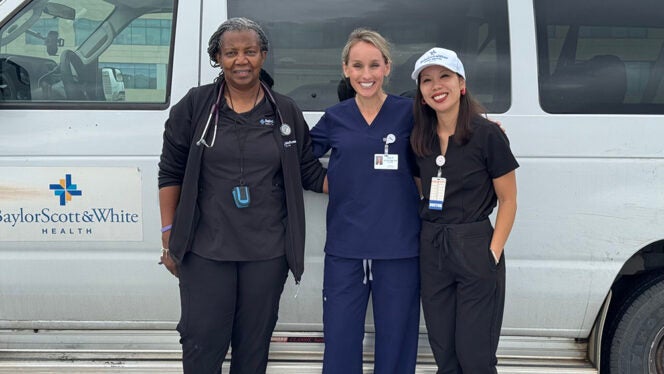
What I learned from a day with Baylor Scott & White’s Street Medicine team
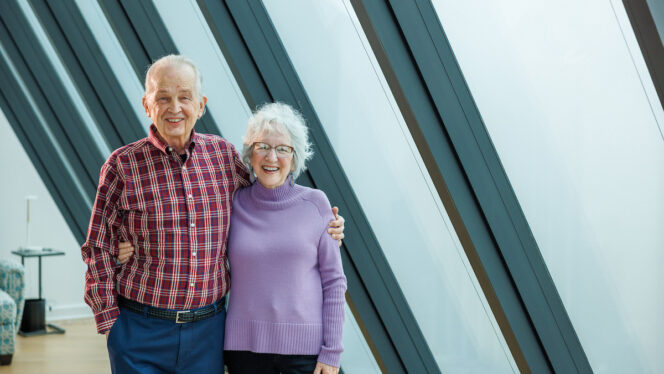
Couple’s donation opens doors for underserved

Making a difference in southern Dallas
